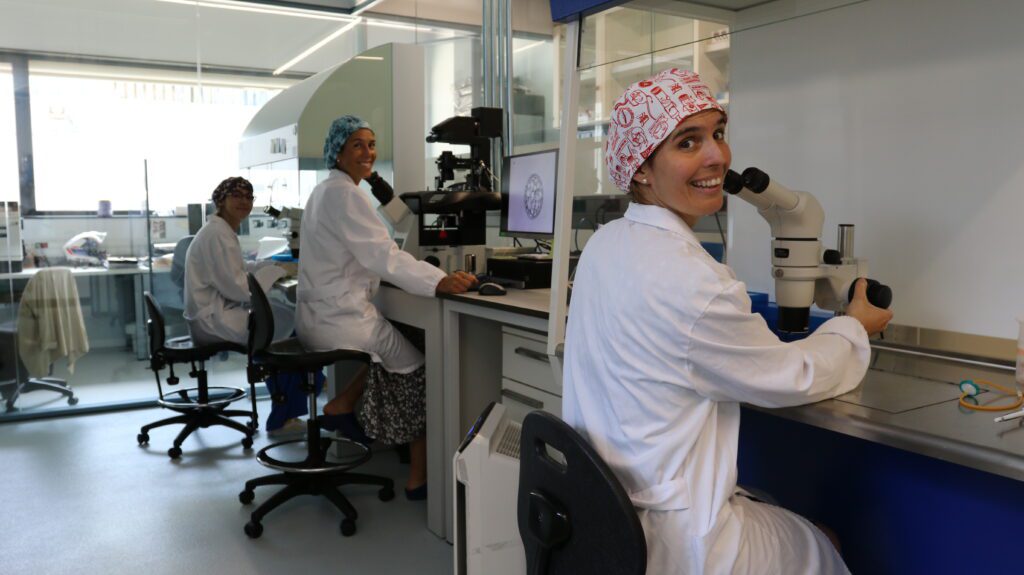On World Embryologist Day, the HYLIGHT project stands out as a powerful technology that will boost the field of In Vitro Fertilization (IVF) by facilitating the selection of embryos with greater implantation potential.

Louise Joy Brown was the first baby to be born through in vitro fertilization (IVF) method. This outstanding scientific landmark happened 45 years ago on July 25th, 1978, in England. Since then, this date is celebrated every year as World Embryologist Day, and as estimated by the ICMART (International Committee for Monitoring Assisted Reproductive Technologies), until 2018 more than 8 million babies worldwide have been born thanks to IVF.
The human IVF laboratory has undergone a profound transformation throughout its history. With over four decades of advancements, novel technologies introduced in the field of IVF have surpassed all expectations, exceeding what was once considered unimaginable, such as cryopreservation of oocytes and embryos, introduction of intracytoplasmic sperm injection (ICSI) and uterine transplantation.
However, despite all these advances, the mean successful rate of an IVF treatment, that is, the number of initial transferred embryos leading to a live birth, is still relatively low (30%), and repeated unsuccessful IVF cycles imply a significant emotional, physical, and financial burden for women and couples. One of the most limiting steps in the IVF process is embryo selection. Nowadays, several methods are used to select the embryo with the highest implantation potential, however, none of the current approaches has been able to significantly improve pregnancy rates in the general infertile population.
In order to overcome this bottleneck, the HYLIGHT project is developing a robust and easy to use technology to select, non-invasively, the embryos that are more competent for implantation, increasing the success rate and reducing the so called “time to pregnancy”. This innovative diagnostic device combines hyperspectral analysis with artificial intelligence, and allows embryo classification based on their metabolic profiles, taking advantage of the natural auto-fluorescence of key cellular compounds.
Samuel Ojosnegros, HYLIGHT’s coordinator, opens the door of his laboratory (Bioengineering for Reproductive Health) at the Institute for Bioengineering of Catalonia (IBEC) at Barcelona, and explains the details of the project in a video.





